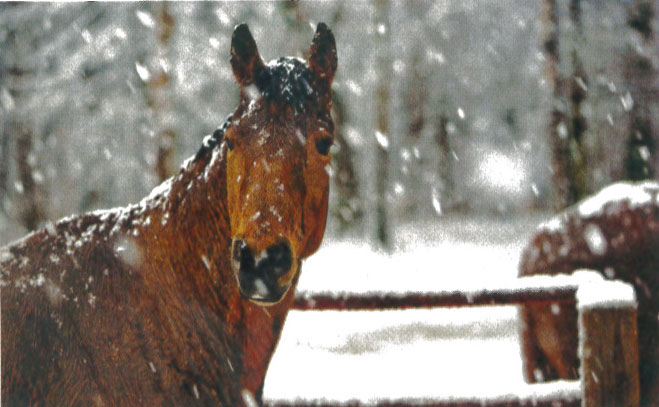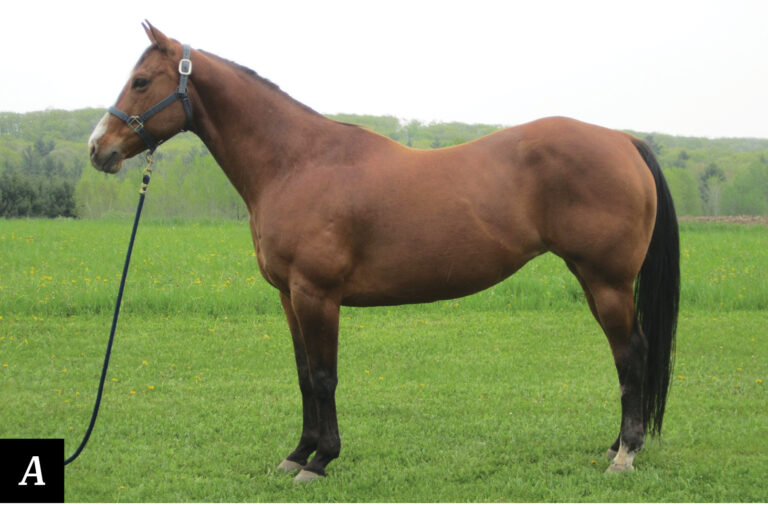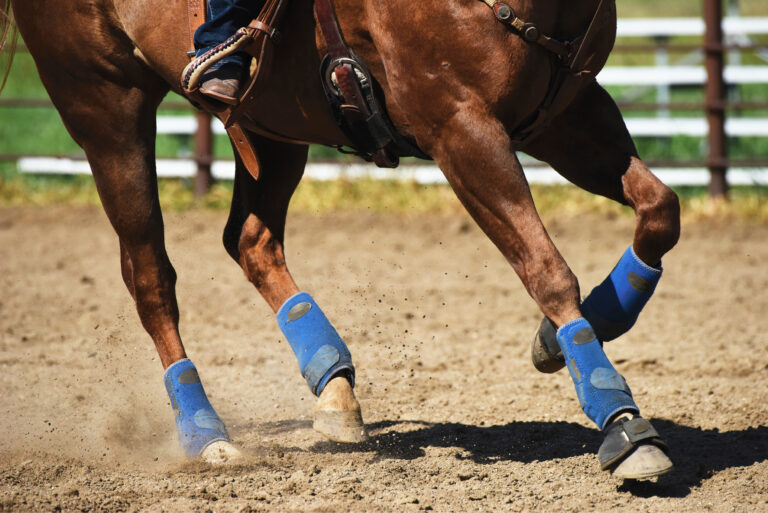Challenge: Keeping your horses comfortable in frigid temperatures.

Considerations: A barn, shelter, or other windbreak that protects your horses from the worst of driving wind and rain is essential. Beyond that, stable or turnout blankets may also be necessary in certain climates. Be aware that frigid eartips, body tenseness or shivering, and tail clamping may indicate that a horse is cold.
And don’t forget: The digestion of hay and other forage causes heat-producing bacterial fermentation in a horse’s large intestine. For every 10-degree temperature drop below 50 degrees F. add about two addiotnal pounds more hay to each horse’s ration.




